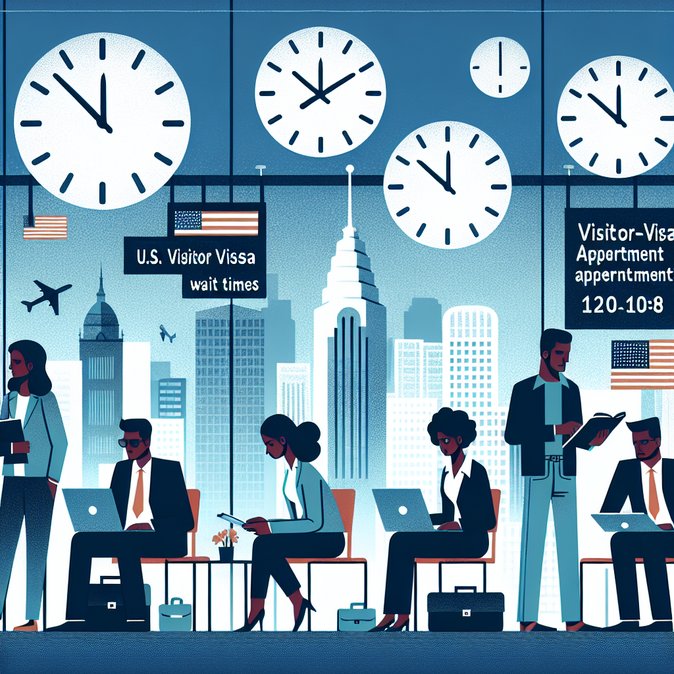
Prospective Indian travelers are facing record delays in securing U.S. tourist and business visas. Appointment wait times at U.S. consulates in Delhi and Mumbai now exceed 300 calendar days, up from about 240 days in August, according to consular-services data cited by The Times of India.
The spike follows a September State Department directive requiring most non-immigrant visa applicants to interview in their country of nationality or residence, closing a popular workaround in which candidates booked faster slots in third-country posts such as Bangkok or Dubai. Limited consular staffing during the U.S. federal-government shutdown compounded the backlog.
![Rule Change and Staffing Crunch Push U.S. B-1/B-2 Visa Wait Times in India Past 10 Months]()
For multinational employers, the delays complicate short-term assignments, technical-support visits, and conference travel. HR managers are pivoting to remote solutions or seeking alternative visa classifications (e.g., H-1B or L-1) despite higher costs and longer paperwork. Some companies report upgrading key trips to blanket L-1 petitions filed at USCIS’ new Dallas Lockbox to bypass consular queues.
Applicants who have already secured dates in 2026 are advised not to cancel in hopes of finding an earlier slot; doing so could push them to the back of the queue. Instead, they should monitor the consulate’s website for periodic “batch releases” of earlier appointments, which often occur late at night India time.
Longer term, the State Department plans to open a new consular campus in Hyderabad in early 2027, but relief is at least a year away. Corporations should incorporate the current 10-month lead time into project-planning templates and client-bid proposals involving India-based personnel.
The spike follows a September State Department directive requiring most non-immigrant visa applicants to interview in their country of nationality or residence, closing a popular workaround in which candidates booked faster slots in third-country posts such as Bangkok or Dubai. Limited consular staffing during the U.S. federal-government shutdown compounded the backlog.

For multinational employers, the delays complicate short-term assignments, technical-support visits, and conference travel. HR managers are pivoting to remote solutions or seeking alternative visa classifications (e.g., H-1B or L-1) despite higher costs and longer paperwork. Some companies report upgrading key trips to blanket L-1 petitions filed at USCIS’ new Dallas Lockbox to bypass consular queues.
Applicants who have already secured dates in 2026 are advised not to cancel in hopes of finding an earlier slot; doing so could push them to the back of the queue. Instead, they should monitor the consulate’s website for periodic “batch releases” of earlier appointments, which often occur late at night India time.
Longer term, the State Department plans to open a new consular campus in Hyderabad in early 2027, but relief is at least a year away. Corporations should incorporate the current 10-month lead time into project-planning templates and client-bid proposals involving India-based personnel.











